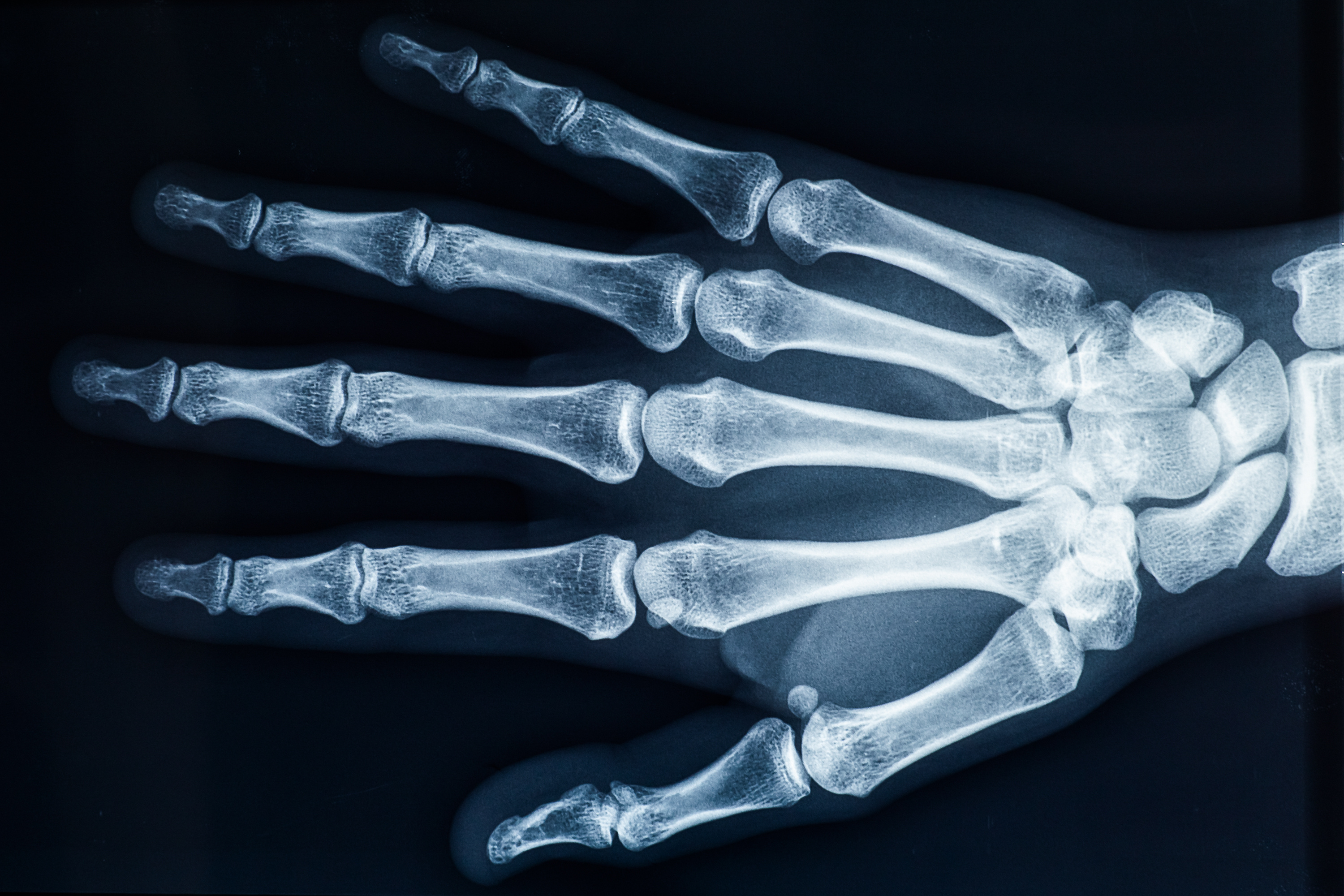
The European Alliance of Associations for Rheumatology (EULAR) announced that it has collaborated with the American College of Rheumatology (ACR) to establish criteria for classifying calcium pyrophosphate deposition disease. The criteria were published by Abhishek et al in the Annals of the Rheumatic Diseases. To develop the new classification criteria, an international collaborative working group created a list of potential criteria items based on the current literature and expert input. The working group then refined the list to key criteria that would allow physicians to identify calcium pyrophosphate deposition disease by assessing patients for the presence of calcium pyrophosphate crystals in the synovial fluid or crowned dens syndrome. Among patients without these disease indicators, physicians can utilize clinical and imaging findings to distinguish calcium pyrophosphate deposition disease. Additionally, the working group innovated a new classification tool that assigned a weighted number on a scale of 0 to 100 to items such as clinical features, metabolic disorders, and laboratory and imaging results. Those with scores of 56 or greater qualified for a diagnosis of calcium pyrophosphate deposition disease—and the working group found that the tool had a sensitivity of 99.2% and a specificity of 92.5% when tested in 413 patients. EULAR and ACR hope their classification criteria may help researchers recruit patients with calcium pyrophosphate deposition disease into clinical trials, conduct more consistent research, and develop a better clinical understanding of the disease.